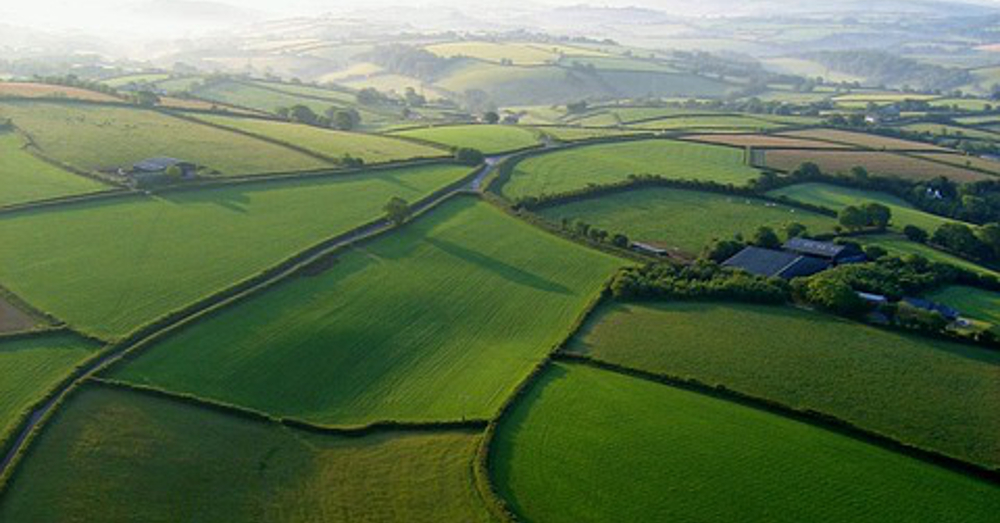
Will ‘Climate Smart Agriculture’ Serve the Public Interest – Or the Drive for Growing Profits for Private Corporations?
The race is on to deliver models of agricultural development that are viable and sustainable in a world of accelerated climate change.
The urgency derives from the fact that the food and agriculture sector is both a major contributor to climate change and especially vulnerable to its worst impacts.
Most studies estimate that between 20-35 percent of anthropogenic greenhouse gases are associated with the food and agriculture sector, while some have it as high as 50 percent.
January 19, 2018 | Source: The Ecologist | by Peter Newell
‘Climate smart agriculture’ has become the buzz phrase at high level international policy discussions. But now there is a struggle over its definition. Is it the latest manifestation for corporate social responsibility or the title of a manifesto for real, grassroots led, change, ask PETER NEWELL, JENNIFER CLAPP and ZOE BRENT
The race is on to deliver models of agricultural development that are viable and sustainable in a world of accelerated climate change.
The urgency derives from the fact that the food and agriculture sector is both a major contributor to climate change and especially vulnerable to its worst impacts.
Most studies estimate that between 20-35 percent of anthropogenic greenhouse gases are associated with the food and agriculture sector, while some have it as high as 50 percent.
Industrial model
And as drought and extreme weather events associated with climate change increase, the livelihoods of a huge proportion of the world’s population – over 2.5 billion people – who make their living from the sector are on the line.
Against this background the idea of ‘climate smart agriculture’ increasingly features in high level policy discussions.
Climate smart agriculture (CSA) describes interventions that generate ‘triple wins’: that make agriculture more resilient to the effects of climate change, in ways that reduce poverty and increase yields, while at the same time reducing the substantial emissions created by the agricultural sector.
These goals are widely accepted, but there are vastly different models on offer for how to achieve them, each vying to come out on top. The stakes are enormous, as the model that dominates will shape the future of agriculture for years to come.
One view, already dominant in policy circles, seeks to apply ‘fixes’ to the existing industrial model of agriculture to make it more sustainable.
Questionable sustainabilty
This model employs a suite of modern technologies and practices including genetic engineering, biofuels, biochar, and increased use of fertilisers that will deliver a ‘sustainable intensification’ of production.
